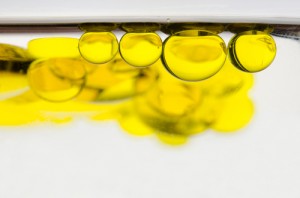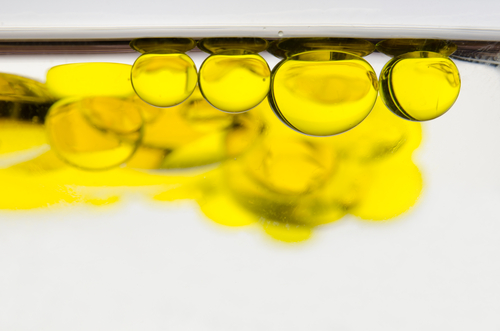 A recent study entitled “A Pneumocyte-macrophage Paracrine Lipid Axis Drives the Lung Toward Fibrosis” reports an increased accumulation of lipids in lung tissue triggers pulmonary fibrosis. The study was published in the American Journal of Respiratory Cell and Molecular Biology. The findings could lead to IPF therapies that target lipid reduction.
A recent study entitled “A Pneumocyte-macrophage Paracrine Lipid Axis Drives the Lung Toward Fibrosis” reports an increased accumulation of lipids in lung tissue triggers pulmonary fibrosis. The study was published in the American Journal of Respiratory Cell and Molecular Biology. The findings could lead to IPF therapies that target lipid reduction.
Pulmonary fibrosis is a chronic lung disease characterized by scarring of lung tissue that leads to shortness of breath and ultimately death. Affected patients have an accumulation of excess fibrous tissue that results in thickening of lung walls, and reduced oxygen supply.
Now, a team of researchers led by Ross Summer, M.D., Associate Professor in the department of Pulmonary and Critical Care Medicine at Thomas Jefferson University showed that in mouse models of lung tissue fibrosis there is an increased lipid accumulation in the lungs. These lipids, upon reaction with oxygen, form a lipid layer that acts as an inflammatory signal. Macrophages stationed in the lungs, known as alveolar macrophages, are responsible for screening this tissue for debris and pathogens; however, the authors further demonstrate that these cells become loaded with lipids. Upon lipid accumulation within macrophages, these cells switch to a program of wound healing in the lungs, leading to accumulation of fibrotic tissue and consequently pulmonary fibrosis.
[adrotate group=”7″]
The authors demonstrated that the excessive accumulation is an underlying cause of the disease because healthy mice exposed to oxidized lips developed pulmonary fibrosis.
Dr. Summer noted, “These results show, for the first time, that a break-down of normal lipid handling may be behind this lung disease. If we prove that the same process holds true in humans, it suggests that we could prevent or mitigate the disease by simply clearing out the excess oxidized lipids from lungs.”
Accordingly, treating mice with a chemical agent that promotes lipid removal and reduces lipid accumulation in the lungs diminishes fibrotic tissue accumulation by approximately 50 percent. In the future, the researchers aim to evaluate if their findings are translated in humans and potentially developing new therapeutics for fibrotic lung diseases.

